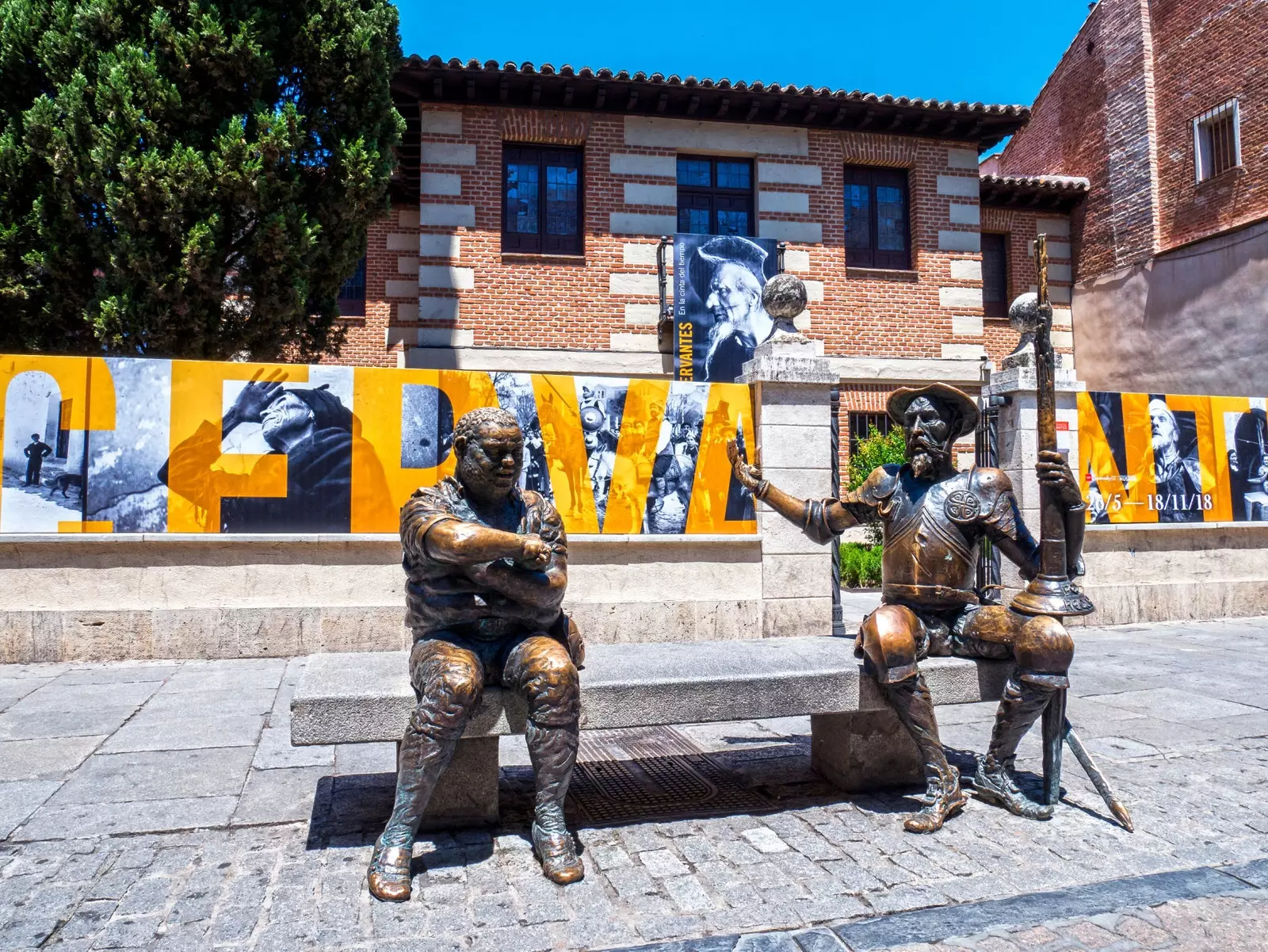
Cervantes Birthplace Museum, in Alcalá de Henares.
There are many ways to travel: through memory, imagination, psychedelia, smell and flavors, and of course, of the written word, of the alchemy of joining letters, signs with which we build extinct civilizations, dystopias, improbable plots and **unforgettable love stories. **
Well, this is a proposal that combines two trips. No, it's actually three trips for the price of one: the physical trip to get to the museums dedicated to distinguished writers, the trip to the peculiar world of each one of these verb artists – where the muses caught, what fountain pen they used, what they saw through the window of their desk – and thirdly, the journey inherent in the realms of his prose.
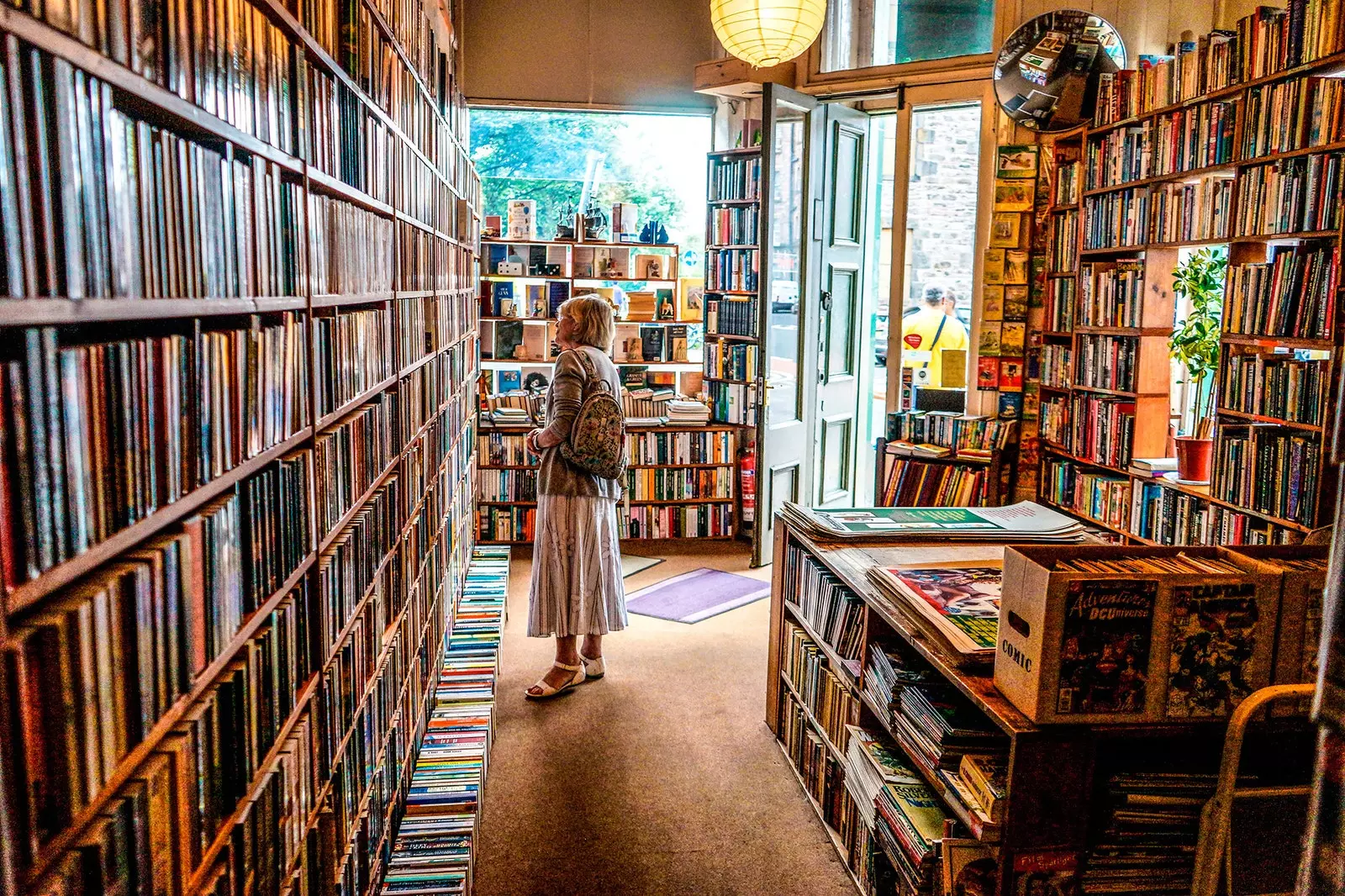
There is also bookstore tourism.
Actually, the idyll between tourism and the literary universe is long overdue. There is library tourism, bookstore tourism –such as, for example, the pilgrimage to the Shakespeare and Company in Paris, which was the meeting place of James Joyce, Ezra Pound or Scott Fitzgerald–, tourism to the cemeteries – the classic visit to the tombstones of the rock stars of the letters, like that of Oscar Wilde in the Pere-Lachaise, that of Charles Baudelaire in Montparnasse or the venerated tomb of Machado in Collioure–.
There's also bibliophile tourism, which searches the planet for strange first editions and even literary fair tourism, to come face to face with your favorite writer. Well, here we pave the way for another type of literary tourism: that of museums dedicated to writers, which we have baptized as: literary canon tourism.
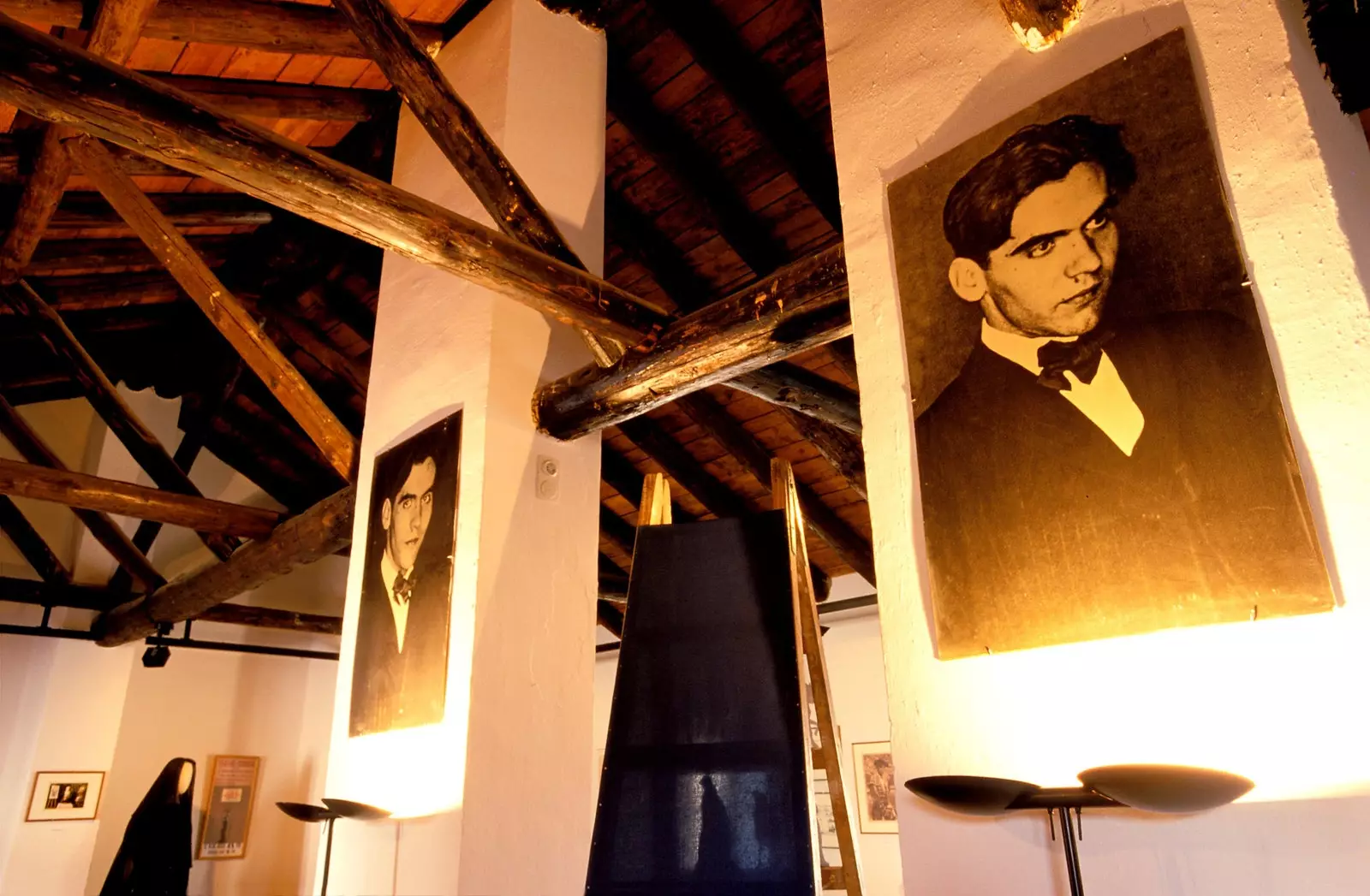
Interior of the Federico García Lorca Birthplace Museum, Fuente Vaqueros.
ZENOBIA JUAN RAMÓN JIMÉNEZ HOUSE MUSEUM
One of the priests of Spanish poetry. Arch-famous for his work Platero and I, compulsory reading – for many a literary scourge – for several generations of students. In addition to Nobel Prize for Literature, he was a sophisticated poet influenced by symbolism and French decadence. The House Museum is in the beautiful city of Moguer, Huelva, with its characteristic pristine whitewashed facades. Juan Ramón Jiménez lived there from the age of five to 26, when he moved to Madrid in search of glory and a propitious literary ecosystem. The Museum offers a personal library of the author, exhibition spaces and objects of the creator himself, such as portraits, paintings, manuscripts and furniture.
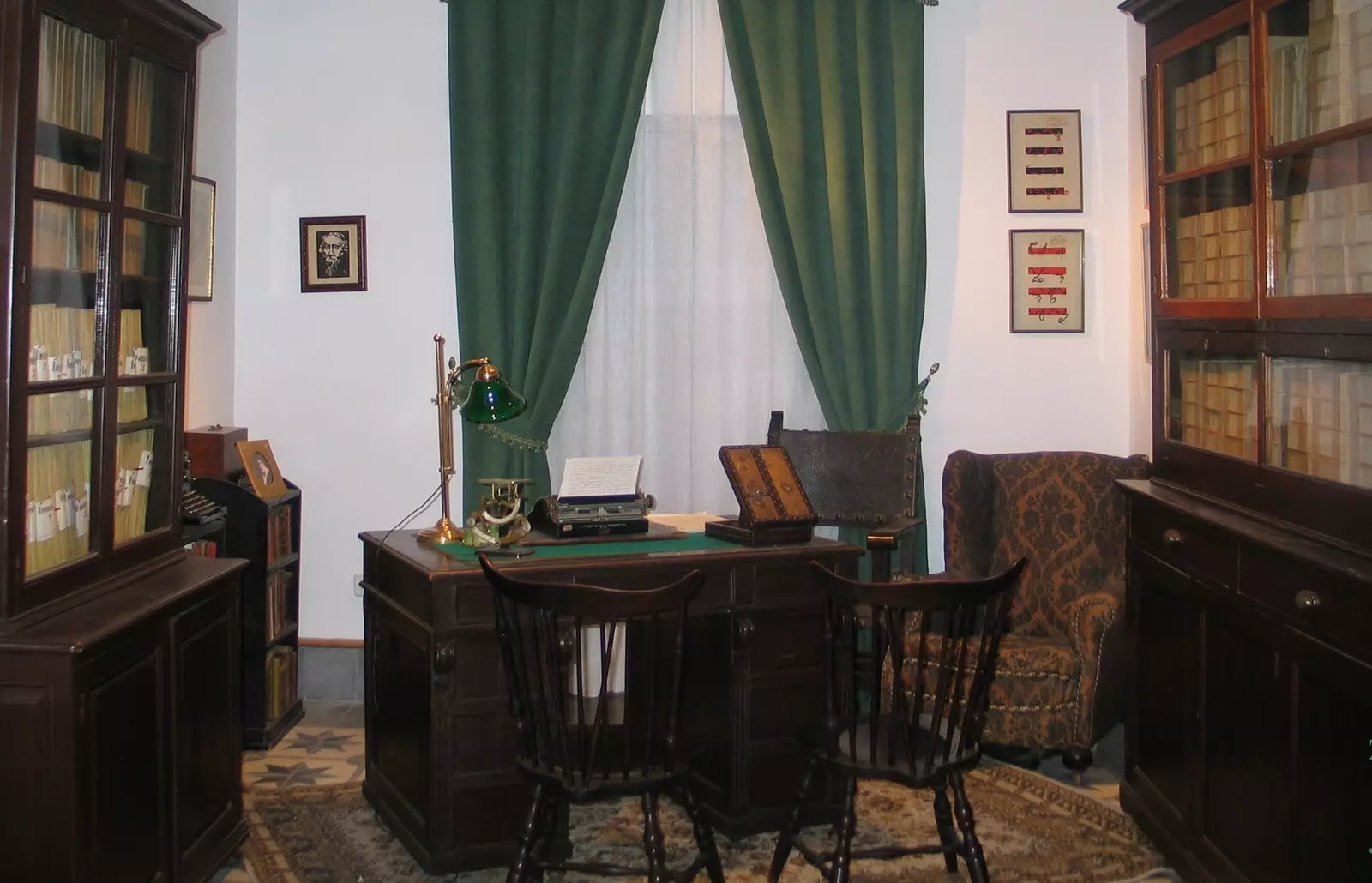
Office of Juan Ramón Jiménez.
THE HOUSE OF ROBERT GRAVES
It is in Deiá, a beautiful little town nestled in the Sierra Tramuntana of Mallorca. Is about a traditional Majorcan estate, surrounded by orange trees and the scent of the Mediterranean, where the famous writer Robert Graves lived from 1926 – when he was 31 years old – until his death in 1985. He lived there for much of his life and it really shows. The whole house is impregnated with his aura, with his fetishes and personal belongings. His paintings are still hanging, a simple kitchen from the last century, a manual printing press where the author of Yo Claudio printed his works, correspondence, hundreds of books, decorative objects and even the pen with which he wrote.
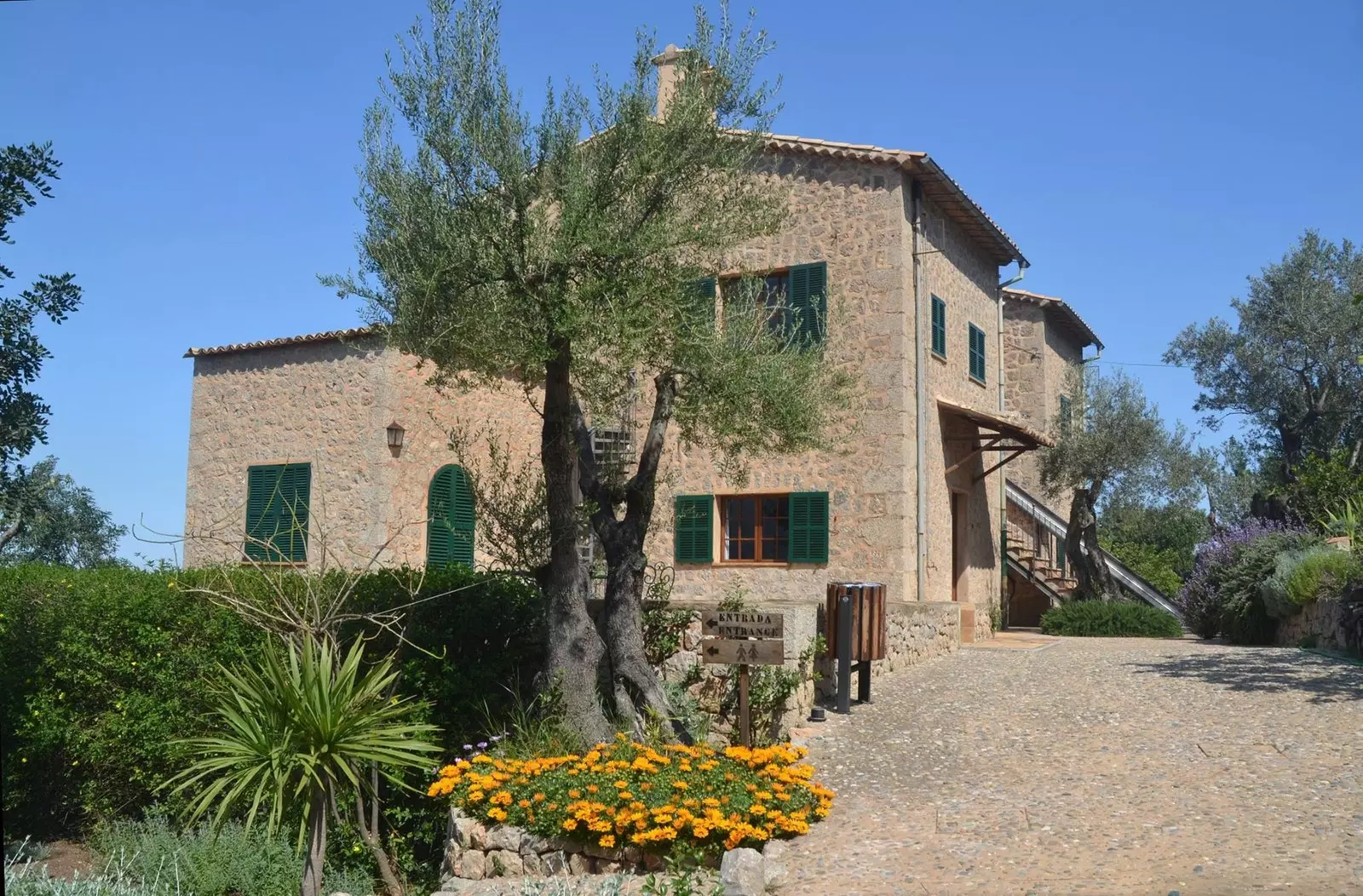
Robert Graves' house in Majorca.
VALLE-INCLÁN HOUSE MUSEUM
In this selection you cannot miss the great Valle-Inclán, one of the authors with the most heartrending humor, tamer of shadows, king of satire and creator of the famous grotesque, weapon of mass destruction with which he deformed the miseries of society, a character among characters in Spanish literature. His house His museum is in Vilanova de Arousa, in Pontevedra. The House Museum It was owned by Valle-Inclán's own maternal grandparents. It welcomes you with well-kept gardens, the two floors offer a wide range of funds from the author: manuscripts, documents, books, first editions, and also a recreation of furniture and decoration typical of the author's time.
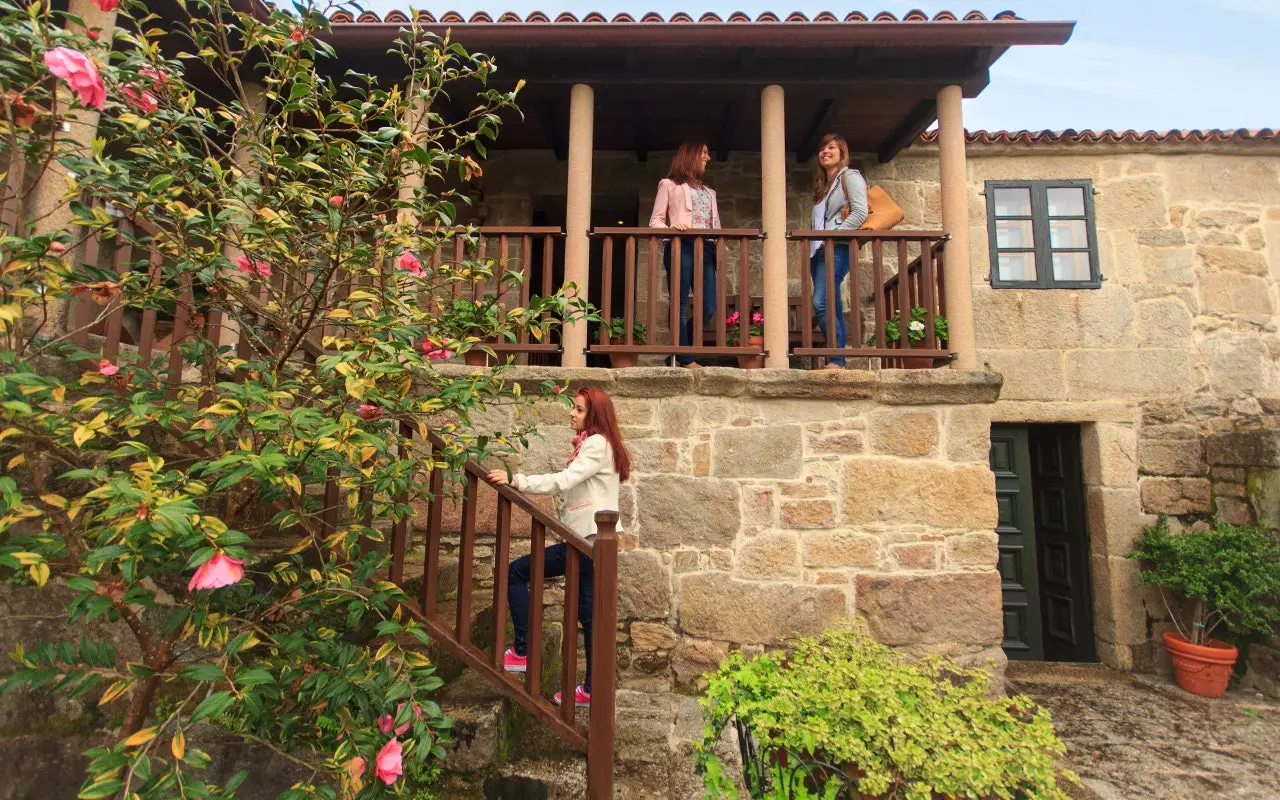
Valle-Inclán House Museum in Vilanova de Arousa, in Pontevedra
CERVANTES BIRTHHOUSE MUSEUM
We cannot ignore the most famous one-armed man in Spanish literature –with the permission of Valle-Inclán–, Don Miguel de Cervantes y Saavedra. If we are to be precise, he was not one-armed, in fact his hand was disabled, the result of an unfortunate gunshot during a battle. According to historians, this house located in Alcalá de Henares is the exact place where he was born in 1547. Nothing remains of the original house. Today, and thanks to different rehabilitations, we can move to the environments of the time of Cervantes. Here we mainly find bibliographical documents, such as a 1668 parchment by Ingenioso Hidalgo Don Quixote de la Mancha, comedies and hors d'oeuvres by the author dating back to the 18th century or English versions of Don Quixote.
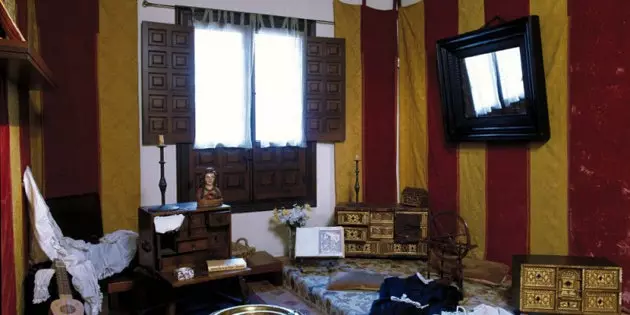
Interior of the Federico García Lorca Birthplace Museum, Alcalá de Henares.
FEDERICO GARCÍA LORCA BIRTHHOUSE MUSEUM
We end this tour with Federico García Lorca, our most universal poet. Lorca built his own universe that to this day still remains indecipherable. In the gypsies inhabit canasteros, laundresses, bullfighters and poets in perfect harmony with symbolic elements of nature: the moon, the forge, the river or the anvil, that combined acquire a new meaning, a new depth in our tradition.
We could talk a lot, a lot about the poet, but let's focus on the Granada museum house, that's why we've come. The wonderful thing about the site is that it was the exact place where Lorca was born, an old farmhouse now transformed into a museum. Since 1986, the year it opened its doors, it has hosted meetings, events and celebrations around the artist from Granada. Since 1998 it has also functioned as the Center for Lorquian Studies. Within its walls we can see a wide collection of photographs, manuscripts, publications and curiosities to understand the greatness of the poet from Granada.
